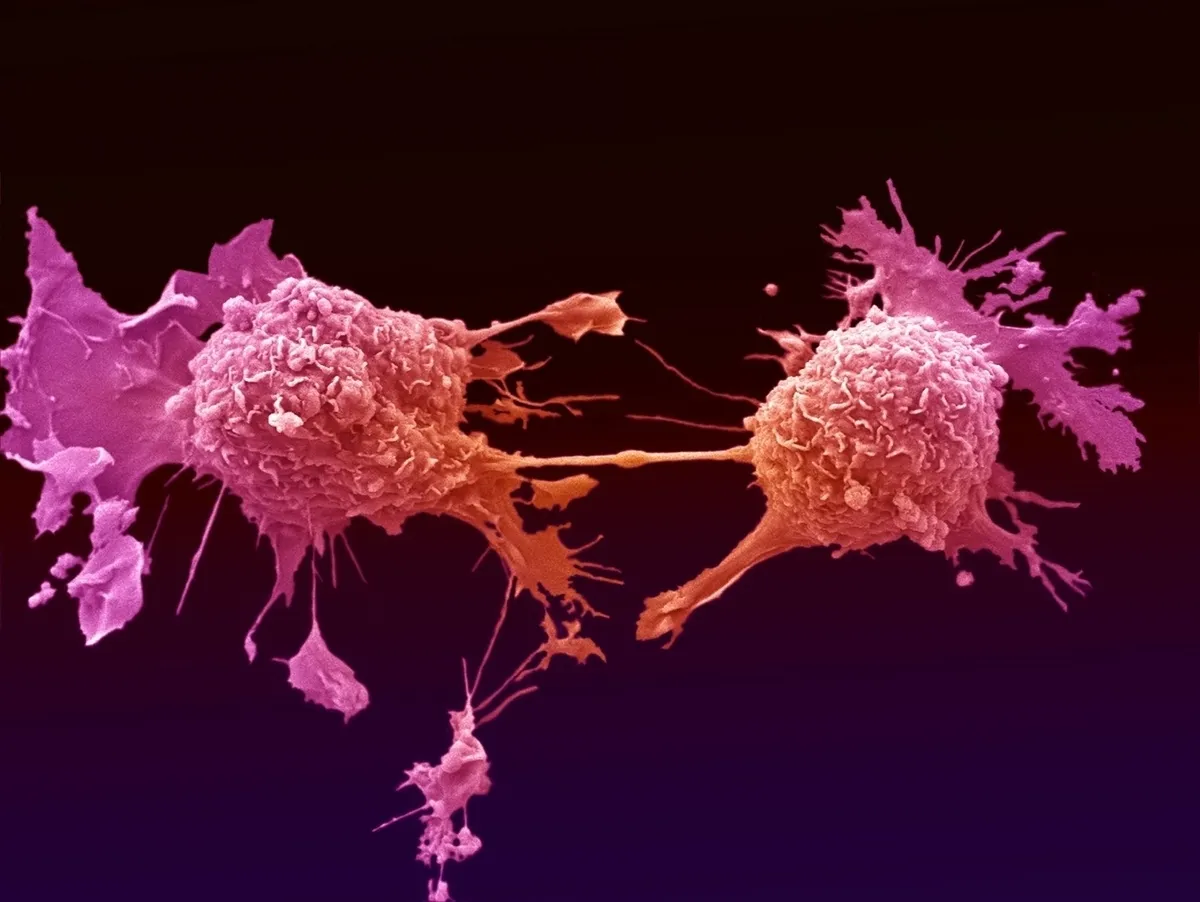Iran Standing among Top Producers of Special Device for Targeted Cancer Treatment

The first production line for the electroporation device for targeted cancer treatment was inaugurated at the Industry and Business Development Center stationed at the Science and Technology Park of University of Tehran in the presence of Saeed Sarkar, the secretary of the Biotechnology, Health and Medical Technologies Development Headquarters of the Iranian Vice-Presidency for Science, Technology and Knowledge-Based Economy.
This advanced technology was designed and indigenized by experts from a knowledge-based company and has put Iran beside the UK and Italy in the group of the few countries producing this vital device.
The ECT device significantly increases the effectiveness of anti-cancer drugs by increasing the permeability of cancer cells.
In a relevant development in November, Iranian researchers at a knowledge-based company had also succeeded in designing and manufacturing the effective substance of the radiodiagnostic drug Tilmanocept which can detect cancerous tissues after being labeled with technicium radioisotope.
“This product is the active ingredient of the diagnostic radiopharmaceutical Tilmanocept; an effective radiopharmaceutical substance that can image the lymphatic system after being labeled with a radioisotope of technesium,” Seyed Ahmad Shahcheraq, the managing director of the company, told ANA.
Noting that the product has been used in the world since 2013 and was monopolized by a US company that has FDA approval, he said, “Now this product has been indigenized in Iran in cooperation with the Atomic Energy Organization of Iran (AEOI) and the Development Headquarters of Nanotechnology and Micro Technologies.”
“The particle size of this product is less than ten nanometers and can move in the lymphatic system,” Shahcheraq said.
“This product will first be delivered to the AEOI. Then, in nuclear medicine centers, it is labeled with technetium-99 radioisotope a few minutes before it is injected into the patient's body. After the product is labeled with a radioisotope, it is injected directly (into the tumor) or subcutaneously (in the lymphatic part) to the patient,” he explained.
“Then this effective substance starts to move in the lymph system and in the areas that have cancer cell receptors, they are identified in the scan images. Finally, surgeons can identify the lymph nodes involved in tumors and cancer cells and selectively remove them,” Shahcheraq said.
The most common side effects include pain or irritation at the injection site.
4155/v





















